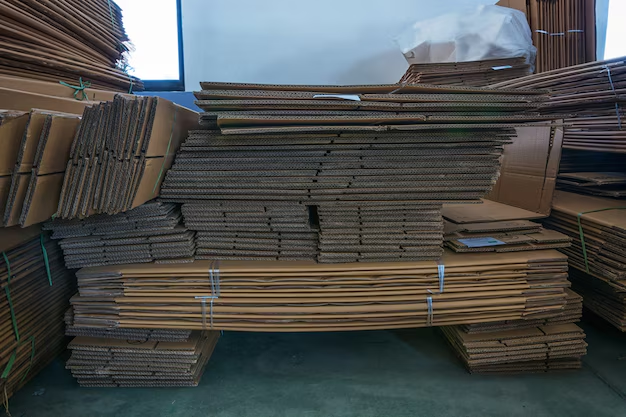Plastic materials have become an integral part of our modern society, providing convenience and versatility in various applications. Among the many types of plastics, PVC (polyvinyl chloride) is widely used in construction, healthcare, automotive, and packaging industries due to its durability and cost-effectiveness. However, the widespread use of PVC has also led to environmental concerns, particularly regarding plastic waste management and recycling efforts. In this article, we delve into the world of PVC recycling, exploring its significance, processes, challenges, and future prospects.
Understanding PVC and Its Recycling Potential
PVC is a synthetic plastic polymer that is composed of repeating vinyl chloride monomers. It is known for its resilience, chemical stability, and flame-retardant properties, making it a favored material in various applications. However, PVC is non-biodegradable and can persist in the environment for hundreds of years if not properly managed. Recycling PVC not only helps reduce the environmental impact of plastic waste but also conserves natural resources and energy.
PVC recycling involves collecting used PVC products, processing them to remove impurities, and transforming them into new raw materials for manufacturing. The recycling process typically includes sorting, shredding, cleaning, and melting the PVC waste to create recycled pellets or granules that can be used to produce new products.
Benefits of PVC Recycling
- Environmental Conservation: Recycling PVC reduces the need for virgin plastic production, which helps conserve natural resources and lowers carbon emissions associated with plastic manufacturing.
- Waste Reduction: By diverting PVC waste from landfills and incineration, recycling minimizes the amount of plastic ending up in the environment, thereby mitigating pollution and habitat destruction.
- Energy Savings: Recycling PVC consumes less energy compared to producing virgin plastic, as it requires less processing and refining of raw materials.
- Economic Opportunities: The recycling industry creates job opportunities, stimulates local economies, and fosters innovation in developing efficient recycling technologies.
Challenges in PVC Recycling
Despite the numerous benefits of PVC recycling, several challenges hinder the widespread adoption and efficiency of the process:
- Contamination: PVC waste often contains contaminants such as dirt, metal, or other plastics, complicating the recycling process and reducing the quality of recycled materials.
- Lack of Infrastructure: Insufficient collection systems, sorting facilities, and recycling plants limit the capacity to recycle PVC waste on a large scale.
- Product Diversity: The wide range of PVC products with varying compositions and additives makes it challenging to standardize recycling processes and techniques.
- Market Demand: Fluctuating demand for recycled PVC products and competition with cheaper virgin plastics can affect the economic viability of PVC recycling.
Innovations and Future Outlook
To address the challenges of PVC recycling, the industry is exploring innovative technologies and strategies to improve efficiency and sustainability:
- Advanced Sorting Technologies: Automated sorting systems using artificial intelligence and robotics are being developed to enhance the separation of PVC waste and improve recycling yields.
- Chemical Recycling: New processes such as depolymerization and dissolution are being researched to break down PVC into its original monomers for reuse in manufacturing.
- Circular Economy Initiatives: Collaborative efforts among stakeholders, including manufacturers, recyclers, and policymakers, aim to create a closed-loop system for PVC products, ensuring continuous recycling and reuse.
- Consumer Education: Increasing awareness about the importance of recycling, proper disposal of PVC products, and supporting recycled content in new products can drive market demand for recycled PVC materials.
Conclusion
PVC recycling plays a vital role in addressing the environmental impact of plastic waste and promoting a more sustainable approach to plastic use. By embracing recycling practices, individuals, businesses, and governments can contribute to conserving resources, reducing pollution, and fostering a circular economy where waste is turned into value. As technology advances and awareness grows, the future of PVC recycling holds promise for creating a cleaner and greener world for generations to come.




